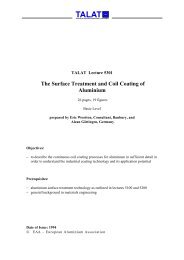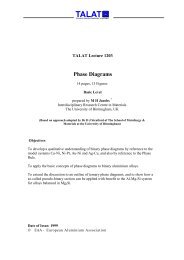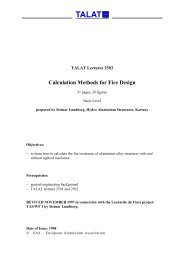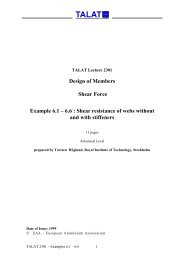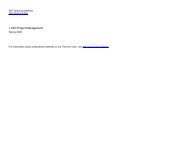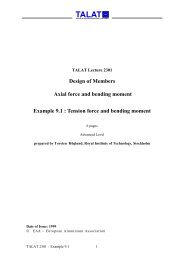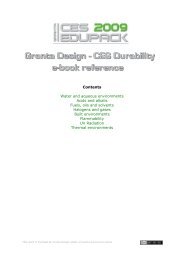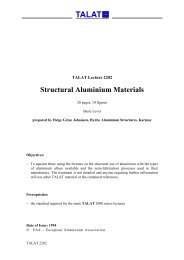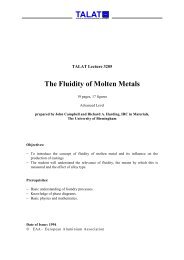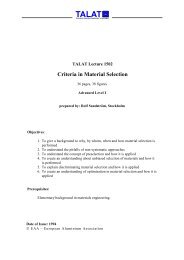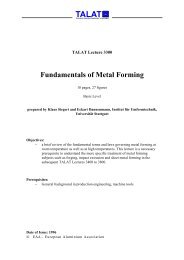Project Evaluation and Financing - MIT OpenCourseWare
Project Evaluation and Financing - MIT OpenCourseWare
Project Evaluation and Financing - MIT OpenCourseWare
You also want an ePaper? Increase the reach of your titles
YUMPU automatically turns print PDFs into web optimized ePapers that Google loves.
Summary of Financial Ratios<br />
Profitability Ratios Liquidity Ratio Activity Ratios<br />
Gross Point Margin<br />
An indication of margin available to cover<br />
operating expenses <strong>and</strong> yield profit<br />
(Sales – Cost of Goods Sold) /Sales<br />
Operating Profit Margin<br />
An indication of firms profitability from<br />
current operations without regard to interest<br />
changes accounting from capital structure<br />
Profit Before Tax <strong>and</strong> Interest/Sales<br />
Net Profit Margin<br />
Shows after tax profit per dollar of sales.<br />
Subpart profit margin indicates that the firm<br />
sales prices are relatively low or that costs are<br />
relatively high or both<br />
Profit After Tax/Sales<br />
Return to Total Asset<br />
A Measure of total investment in the<br />
enterprise. It is sometimes desirable to add<br />
interest to alter tax profits to add form the<br />
numerator of the ratio since the total assets<br />
are financed by creditors as well as by<br />
stockholders; hence it is accurate to measure<br />
the productivity of assets by the returns<br />
provided to both classes of investors<br />
Profit After Tax/Total Assets<br />
Current Ratio<br />
Indicates the extent to which the claims of short<br />
term creditors are covered by assets that are<br />
expected to be converted to cash in a period<br />
roughly corresponding to the maturity of liabilities<br />
Current Assets/Current Liabilities<br />
Quick Ratio (Acid Ratio)<br />
A Measure of firms ability to pay off short term<br />
obligations without relying on the sale of its<br />
inventory<br />
(Current Asset-Inventory/Current Liability)<br />
Inventory to Newt Working Capital<br />
A measure of the extend to which the firm’s<br />
working capital ties up in inventory<br />
Inventory/(Current Assets- Current liabilities)<br />
Inventory Turnover<br />
When compared to industry averages,<br />
it provides an indication of whether a<br />
company has excessive/inadequate<br />
finished good invent.<br />
Sales/Inventory of finished goods<br />
Fixed Asset Turnover<br />
A Measure of sales productivity <strong>and</strong><br />
utilization of plant <strong>and</strong> equipment<br />
Sales/Fix Assets<br />
Total Assets Turnover<br />
A measure of utilization of all firm’s<br />
assets ratio below the industry average<br />
indicates the company is not<br />
generating a sufficient volume of<br />
business, given its asset size<br />
Sales/Total Asset<br />
LEVERAGE RATIOS Account Receivable Turnover<br />
Debt to Asset Ratio<br />
Measures the extend to which borrowed funds<br />
have been used to finance the firm’s operation<br />
Total Debt/Total Equity<br />
A Measure of the average length of<br />
time it takes the firm to collect the sale<br />
it made on credit<br />
Annual Credit Sale/Account<br />
Receivable<br />
OTHER RATIOS



